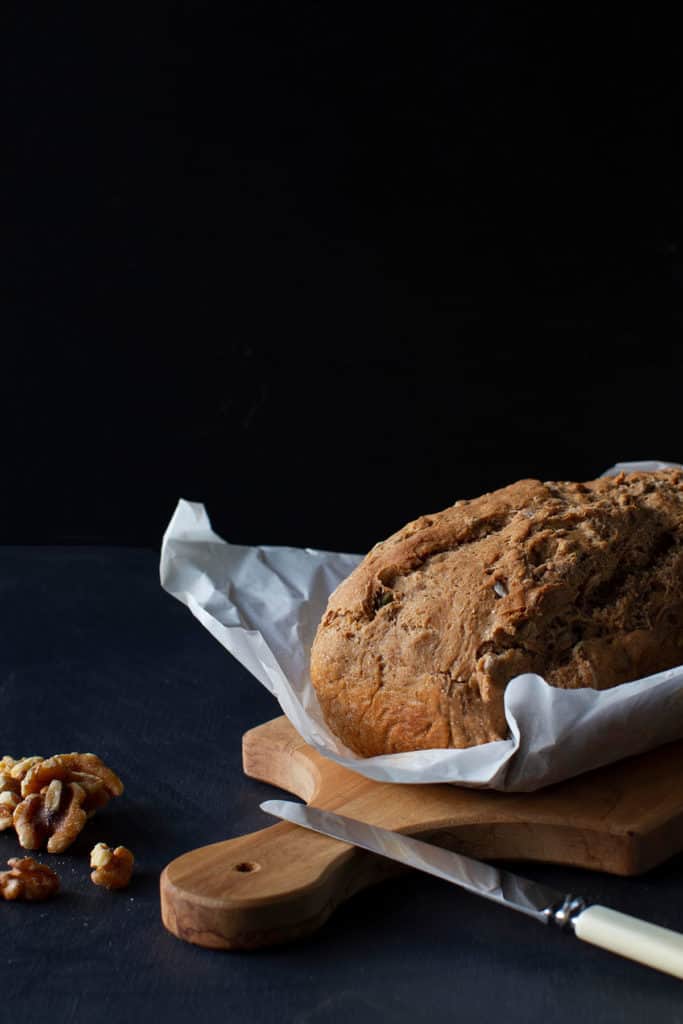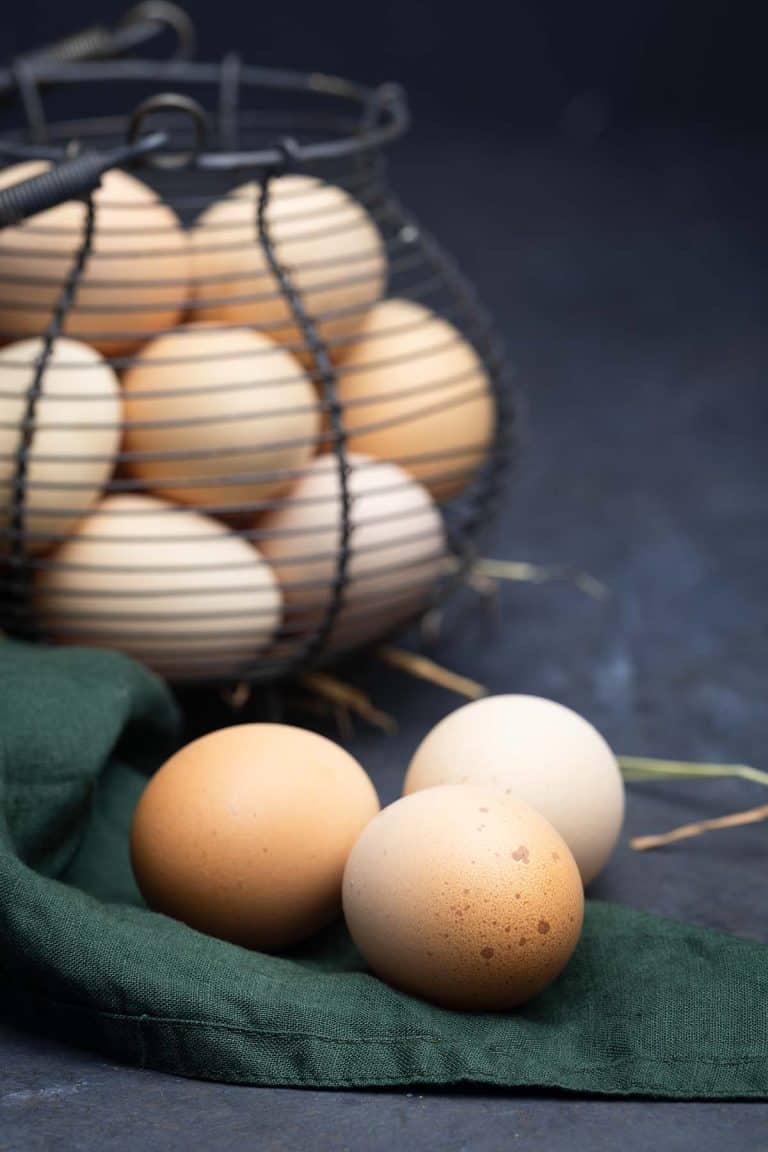Complete Ancient Grains List
A comprehensive guide to ancient grains and pseudo-cereals. Discover the rich history and nutritional value of wheat grains, including Einkorn, Emmer, Kamut, and Spelt, other ancient cereals, and pseudo-grains. Delve into the differences between commercial and heritage grains, and find out where to buy them.

What are ancient grains?
Ancient grains refer to a group of grains and pseudo-cereals that have been cultivated for thousands of years and have retained their original, unaltered genetic makeup. These grains have a deep historical and cultural significance, as they were staple foods for many ancient civilizations, including the Egyptians, Greeks, and Aztecs.
Ancient grains are often praised for their nutritional value, as they tend to be higher in certain vitamins, minerals, and dietary fiber compared to modern wheat varieties which have been cultivated to achieve maximum yields.
Additionally, they are valued for their unique flavors and textures, making them a popular choice for those seeking diverse and nutritious dietary options.
Ancient wheat varieties
Ancient wheat varieties refer to the traditional and original types of wheat cultivated for thousands of years. These include:
Einkorn (Triticum Monococcum)
Einkorn is one of the original cultivated wheat grains, dating back over 10,000 years. The Einkorn wheat berries have a simple genetic structure and are considered one of the purest forms of wheat.
Emmer (Triticum Dicoccum)
Emmer is another old variety of wheat seed that was widely cultivated in ancient civilizations. It has a tougher husk compared to modern wheat.
Kohrasan / Kamut: Khorasan wheat, also known as “Prophet’s wheat” or “Pharaoh’s wheat,” has its roots dating back over 4,000 years. The old wheat grain is believed to be the child of Emmer and an ancestor of modern durum wheat. It is known for its large, elongated grains. A variety of Khorasan is commercially trademarked as Kamut in the USA.
Durum Wheat (Triticum durum): Durum wheat, also known as pasta wheat, is a tetraploid wheat species derived from domesticated emmer wheat. It is primarily used for making pasta and couscous.
Freekeh also spelled “farik” or “freekeh,” is a type of grain made from green durum wheat that has been harvested while still young and roasted or toasted. This process gives it a unique smoky flavor and chewy texture. Freekeh has been a staple in Middle Eastern and Mediterranean cuisines for centuries and is becoming increasingly popular worldwide due to its nutritional benefits and distinct taste.
Spelt (Triticum Spelta)
Spelt, aka Dinkel in German, is an ancient hulled wheat variety that was a staple old-world grain in Europe for centuries. It has a nutty flavor and is used in various culinary applications including my easy spelt bread, soft German pretzels, and cakes. Find out more in this comprehensive spelt guide.

What is farro?
Farro encompasses the grains of emmer, einkorn, and spelt. Farro grains are typically available in dried form and are cooked in water until they achieve a tender consistency. Farro has a chewy texture and can be enjoyed on its own. It is frequently incorporated as an ingredient in an array of culinary creations, including salads, soups, and various other dishes.
Other ancient grains
There are several other ancient grains that are not wheat and have been consumed for centuries as staple foods in various cultures around the world. These grains offer unique flavors, textures, and nutritional profiles. Here are some notable examples:
- Millet: Millet is one of the oldest cultivated grains in the world, with a history dating back thousands of years – primarily in Africa and Asia. It comes in various types, including finger millet, pearl millet, and foxtail millet.
- Teff: Teff is native to the Horn of Africa and has been cultivated for thousands of years. It is believed to have originated in Ethiopia and Eritrea. The ancient grain is known for its small size and is used to make injera, a traditional Ethiopian flatbread.
- Sorghum: Sorghum is an ancient grain that originated in Africa and is now grown worldwide. It’s used for various purposes, including as a staple food, livestock feed, and for making sorghum syrup.
- Barley: Barley is an ancient cereal grain with a rich history of cultivation. It has a chewy texture and a slightly nutty flavor. Barley is often used in soups, stews, salads, and for baking incl. my barley chocolate chip cookies.
- Oats: The cultivation of oats can be traced back to around 1000 BC, primarily in Europe and Asia. They are versatile and pack a punch when it comes to nutrition. Check out my tiramisu overnight oats, nut-free granola bars, and ANZAC cookies for some recipe ideas.

Ancient pseudo-cereals
Ancient pseudo-cereals, often referred to as pseudo-grains, are seeds of non-grass plants that are used like cereals and grains in cooking. These pseudo-cereals have been consumed by various cultures for centuries and are prized for their nutritional value and versatility in culinary applications. Some examples of ancient pseudo-cereals include:
Quinoa: While not technically a grain (it’s a seed), quinoa has ancient origins in South America and was a staple food for Inca civilizations. It’s known for its high protein content and is considered a superfood.
Amaranth: Amaranth was cultivated by ancient civilizations in Central and South America. It’s a pseudo-grain, not related to true grasses, and is known for its high protein content.
Buckwheat: Despite its name, buckwheat is not related to wheat and is naturally gluten-free. It has a distinct earthy flavor and is used in dishes like buckwheat bread, pancakes, and soba noodles.
Chia: Chia seeds are rich in fiber, omega-3 fatty acids, and antioxidants. Chia seeds can absorb liquid and develop a gel-like texture, making them popular in puddings, smoothies, and as a topping for yogurt or oatmeal.
Commercial vs. heritage grains
Commercial and heritage or ancient grains significantly differ from each other. Commercial grains including all-purpose or plain flour, prioritize long shelf life and maximum yield, often favoring quantity over quality to meet the demands of mass production. Consequently, they undergo extensive processing, leading to a bleached appearance and a reliance on synthetic fertilizers and pesticides. These grains typically originate from dwarf varieties, which makes them resistant to wind damage but their shallower root systems also limit their nutrient absorption and reduce their resistance to drought.
Heritage and ancient grains, on the other hand, prioritize quality but come at a higher cost. Their lower yields results in slightly higher prices, and their shorter shelf life necessitates purchasing freshly milled flour or milling your own flour at home.

Where can I buy ancient grains?
You have the option to buy whole grains either directly from farmers or cooperatives or from a reputable retailer who carries them. If you’re sourcing them from bulk food stores, it’s essential to inspect the grains for their freshness and storage conditions.
If you’re living in the United States, check out the Oldways Wholegrain Council for a list of local grain suppliers.
Hodmedod’s offers the British market grains from local farms and Landwirt.com services the German and Austrian markets.






